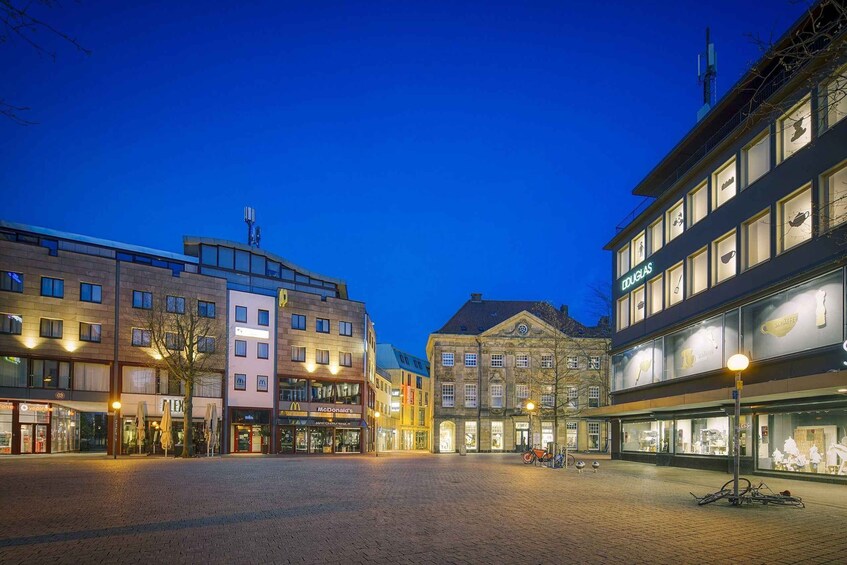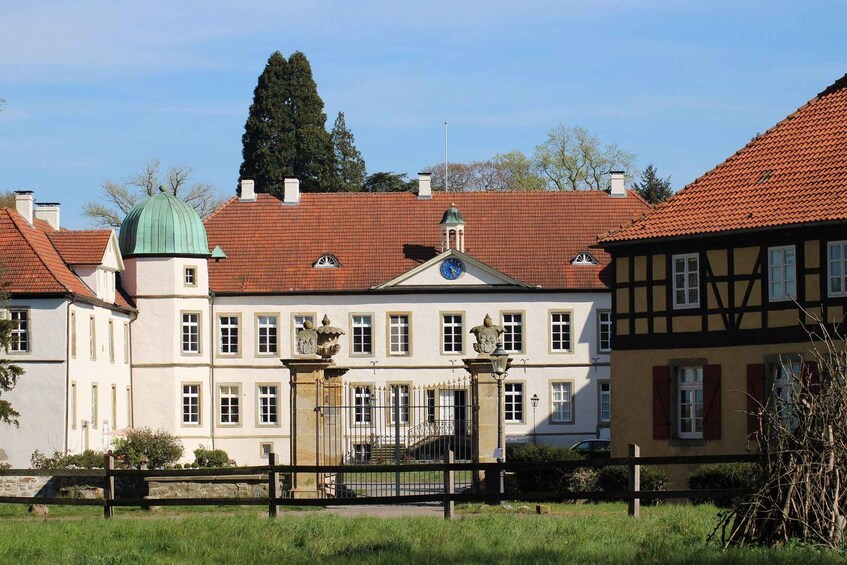Welcome to Osnabrück, the “City of Peace”. Around 780, Charlemagne, king of the Franks, erected a stone church on the banks of the Hase River, the nucleus of today's Osnabrück. The name is presumably derived from the Low German words “Ossen” (ox) and “Brügge” (bridge). It was officially given fortification rights by Emperor Friedrich Barbarossa in 1157 and most of these medieval fortifications are still visible in the old city. From 1412-1669 Osnabrück was part of the Hanseatic League, a trade city alliance that transformed the city into a wealthy trade hub.
The most famous chapter in the city's history is the “Peace of Westphalia''. A series of peace treaties were signed here, effectively ending the Thirty Years War. Peace was proclaimed in October 1648 from the town hall and would have a significant impact on European history. The city is located in the middle of a UNESCO Geo Park, 1.220 square kilometres in total area which is a nature reserve, offering a golden opportunity to go cycling or hiking in the country. See the pedestrian zone flanked by gorgeous 15th-century half-timbered sandstone houses, topped off with a war memorial to the soldiers who fought at Waterloo. The city palace was also the birthplace of King George I of England. Osnabrück is also known amongst literature and art lovers through the works of some of its sons, Erich Maria Remarque and Felix Nussbaum.


